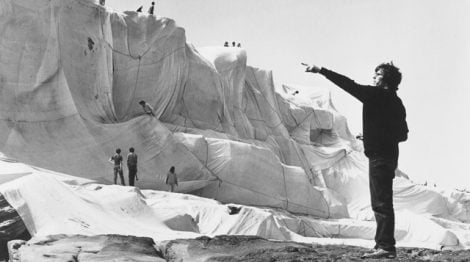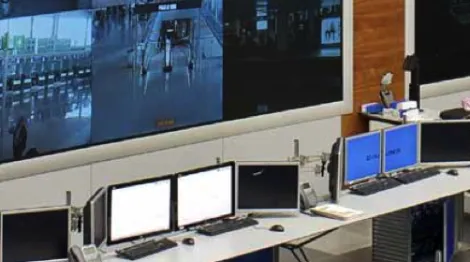6 Methods for Locating Water Leaks in Large Pipes and Pipelines
Technology has evolved enough to offer solutions that allow you to locate where a leak is occurring or, more importantly, monitor the environment and warn when one occurs...


The Spanish Association of Water Supply and Sanitation concluded in 2017 that more than 41% of water distribution networks in Spain are already more than 30 years old, this being one of the main reasons that justifies why 650 hm3 are lost annually in leaks and breakdowns. To be aware of this magnitude, approximately that volume is the capacity of all the reservoirs in the Catalan basins. However, technology has evolved enough to offer solutions that allow you to find where a leak is occurring or, more importantly, monitor the environment and warn when one occurs. In this post we will comment on the 6 most used ways to know if a leak is occurring or find at what point it is happening.
1-Measure the Flow Rate
Evidently, leaks cause water losses, that is, flow losses. Therefore, if flow meters with the capacity to transmit the measurements are installed in the valves or joints, it will be possible to compare whether the inlet and outlet flow rates of each segment coincide. If this is not the case, it will be known in which section of the network there is a leak.
2-Measure the Pressure
A leak also causes the water circulating through a section to lose pressure, therefore, in the same way as measuring the flow rate, measuring the pressure drop between the ends of a segment can indicate losses within it. Similarly, not only is a device with the ability to measure and store pressure data necessary, but also to be able to transmit that data. The advantage with respect to the flow measurement is that the necessary instrumentation is simpler and, therefore, cheaper.

3-Measure the Noise
When high-pressure water escapes through a crack or joint in a pipe, it generates noise due to the collision of the water with the surrounding material. Using a mobile microphone unit can be very useful to find the exact point of a leak, however, it is not usually a very effective method as continuous monitoring since it is a fairly expensive method because the technology needed to identify noises coming from the pipe and not from the environment is not simple.
4-Measure the Vibration
A leak not only causes noise, the pressure with which the water comes out causes the pipe to tremble considerably. Measuring the level of vibration at the ends of the sections also marks if a leak has occurred. As a point in favor of this measurement method, only one monitoring point is needed since it does not calculate a differential.
5-Thermographic Vision
Similar to noise measurement, it is a very useful technology to find the specific point where a leak is occurring in a pipe, but not so suitable for constant monitoring due to the price of this solution. For example, it is widely used in domestic plumbing to see in which specific point of a building the water loss is occurring.

6-Measure Surface Humidity
As a last method used, there is the possibility of constantly measuring the level of humidity of the soil located on the surface of the pipe. This method presents the complication that the meteorology must be taken into account, but in turn, this information can be used for environmental studies on the soil.
However, it must be borne in mind that in the vast majority of the more than 256,000 km of supply pipes and nearly 144,000 km of sanitation network pipes (INE, 20016), the electricity supply does not arrive. Therefore, the equipment necessary to be able to monitor possible leaks must be able to work with batteries, in a georeferenced manner and with the capacity to understand the reading to act in one way or another – two examples with different approaches could be LK Remote Nano or LK IoT Wavelet –. If you are interested in being aware of a leak in your distribution network in a fast and effective way in non-powered environments, do not hesitate to contact us.
As a complement to this information, you will also be interested in another post on this blog:





